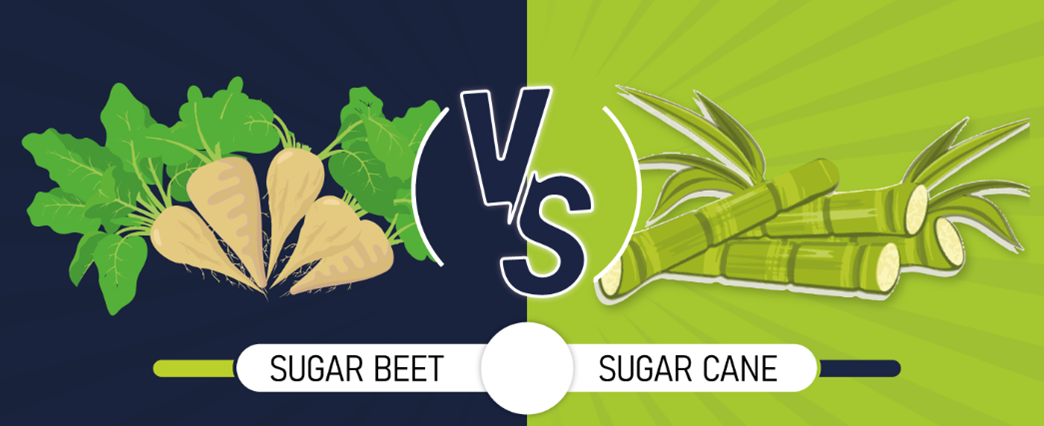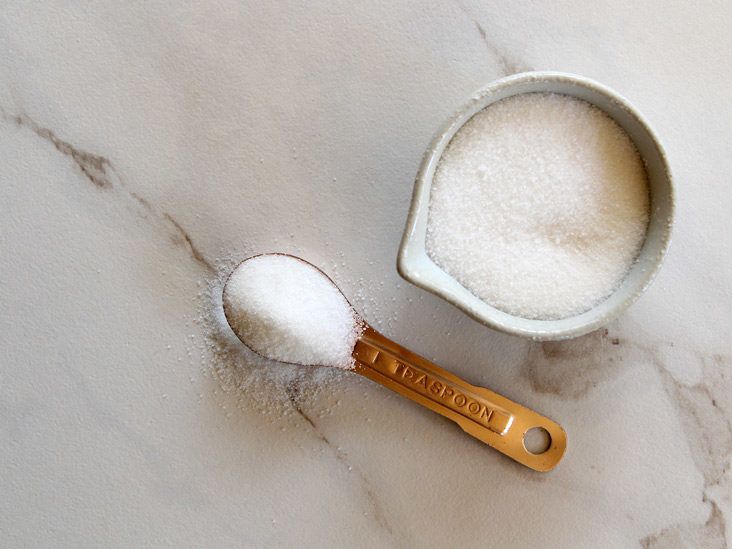Beet Sugar vs Cane Sugar: The Impact on Your Diabetes Management
Wiki Article
The Ultimate Comparison: Beet Sugar vs. Cane Sugar Explained
The comparison between beet sugar and cane sugar offers a remarkable exploration of two primary sugar in the culinary world. While both sugars share an usual structure of sucrose, their origins, refining approaches, and taste profiles deviate dramatically.Origins of Sugar Sources
The beginnings of sugar sources are primarily rooted in 2 unique plants: the sugar beet and the sugar cane. Sugar cane, a tropical yard indigenous to Southeast Asia, has been grown for over 2,500 years. Historically, it was very first domesticated in New Guinea and later on spread to India, where it became an integral component of the society and economic situation. The process of removing sugar from cane came to be reputable, leading to its prestige in trade throughout the Middle Ages.In comparison, sugar beet is a fairly modern-day source, created in Europe during the late 18th century as a response to sugar cane scarcities. The plant flourishes in pleasant climates, making it appropriate for cultivation in regions such as France and Germany. The effective extraction of sugar from beetss noted a significant farming development, as it supplied an alternative to cane sugar, specifically throughout durations of trade interruption.
Both plants have actually played crucial functions in forming the global sugar market. Their distinctive development environments and historical contexts highlight the variety of sugar sources, eventually affecting local agricultural methods and financial development.

Processing Techniques Discussed
Numerous processing methods are used to draw out sugar from both sugar beet and sugar cane, each tailored to the details features of the resource material. In the case of sugar beetss, the procedure begins by harvesting the root and after that washing it to remove dirt and impurities.Alternatively, sugar cane handling includes a various technique. First, the cane is harvested and mechanically squashed to draw out the juice. This juice is then clarified, commonly utilizing heat and lime, to get rid of impurities. The cleared up juice is focused through dissipation, similar to beet sugar processing, prior to crystallization takes place. Both processes finish in the manufacturing of raw sugar, which may go through further refining to achieve the preferred pureness and top quality. Regardless of the differences in their preliminary processing stages, the end products are mainly similar, causing sugar that is chemically equivalent.
Nutritional Distinctions

When comparing beet sugar and cane sugar, significant dietary distinctions arise, though they are frequently subtle. Both kinds of sugar are largely made up of sucrose, giving roughly the same caloric content-- roughly 4 calories per gram. The differences lie in their trace mineral content and the presence of certain compounds that might have marginal dietary effects.
Beet sugar includes percentages of potassium, iron, and calcium, while cane sugar typically offers a little greater concentrations of these minerals. Furthermore, cane sugar may preserve even more all-natural molasses during processing, which can add to map amounts of antioxidants and other useful compounds. This is particularly real for much less polished ranges, such as raw cane sugar.
Regardless of these distinctions, both beet and cane sugars are mostly composed of simple carbs, with a high glycemic index, causing similar results on blood glucose levels. As such, while there are small nutritional distinctions, the overall wellness impact of eating either enter small amounts continues to be greatly equal. beet sugar vs cane sugar. Individuals seeking to decrease sugar consumption for health reasons ought to consider both kinds with equal examination, concentrating on overall nutritional patterns rather than the source try this web-site of sugar
Preference Profiles Contrasted
Taste accounts of beet sugar and cane sugar show distinct characteristics that can affect their culinary applications. While both sugars are chemically comparable, their taste subtleties can impact food and drink end results. Cane sugar, frequently perceived as having a more complicated, nuanced sweetness, is derived from the tall lawn of the sugar cane plant. This variety has a tendency to present a subtle, fruity undertone, improving the tastes of baked items and confections.In contrast, beet sugar, drawn out from sugar beetss, is recognized for its cleaner, more simple sweet taste. This top quality makes it especially ideal for dishes calling for a neutral sweetening agent that allows other flavors to shine. Some culinary experts argue that beet sugar may leave a slightly natural aftertaste, which can be unfavorable in delicate desserts.
Furthermore, the perception of sweetness intensity ranges the 2, with some cups recognizing cane sugar as sweeter compared to beet sugar at equivalent measurements. Ultimately, the choice in between beet and cane sugar may depend on visite site the specific application, with each sugar offering unique attributes that can boost or enhance different meals. Comprehending these differences permits educated choices in culinary practices.

Environmental Impact
The environmental impact of sugar production-- whether from beet or cane-- has actually garnered enhancing attention in recent times as a result of its ramifications for sustainability and eco-friendly health and wellness. Both sugar resources exhibit unique environmental impacts, affected by agricultural techniques, land use, and source intake.Cane sugar manufacturing commonly necessitates big locations of tropical land, which can cause logging and loss of biodiversity. Additionally, the growing of sugarcane is frequently connected with high water usage and considerable pesticide and plant food application, adding to dirt deterioration and water contamination.
On the other hand, beet sugar is primarily grown in warm regions, usually requiring less water and land. However, its cultivation can still involve using chemical inputs, influencing neighborhood ecological communities. The energy-intensive processing of beet sugar can add to greenhouse gas discharges.
Lasting farming techniques and advancements in technology are necessary for minimizing the ecological influences of sugar manufacturing. Organic farming methods, integrated bug monitoring, and reliable article water use can enhance the sustainability of both beet and cane sugar industries, ultimately resulting in a decreased ecological footprint and a much healthier earth.
Verdict
In summary, the contrast between beet sugar and cane sugar highlights both similarities and differences that influence their application. Cane sugar is identified by its complicated sweet taste, while beet sugar provides a more simple preference.
The origins of sugar resources are mainly rooted in 2 distinct plants: the sugar beet and the sugar cane.Various processing approaches are employed to draw out sugar from both sugar beet and sugar cane, each tailored to the details qualities of the resource material.Beet sugar consists of small amounts of iron, calcium, and potassium, while cane sugar typically uses a little higher concentrations of these minerals.In spite of these distinctions, both beet and cane sugars are mainly made up of easy carbs, with a high glycemic index, leading to similar effects on blood sugar degrees. Cane sugar, typically viewed as having an extra complex, nuanced sweetness, is obtained from the tall lawn of the sugar cane plant.
Report this wiki page